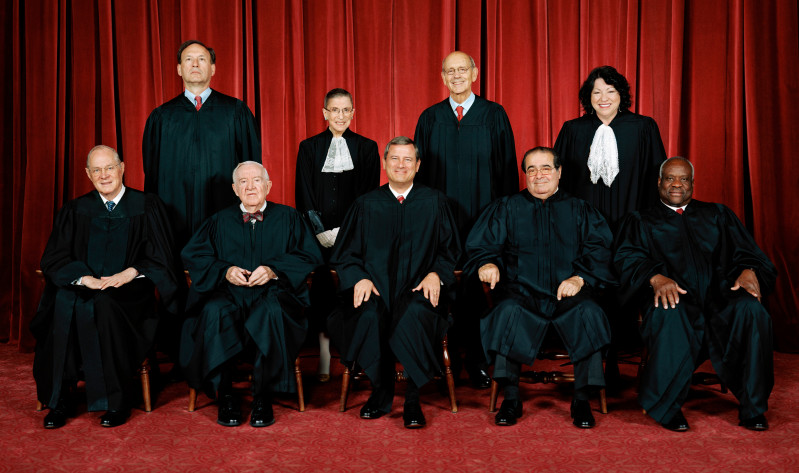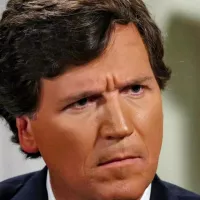Venezuelans are individuals connected to Venezuela through citizenship, descent, or cultural identity. Many Venezuelans share multiple of these connections, forming the basis of their citizenship or strong bond with the country.
1981: Venezuelan population composition
In 1981, critics and academics estimated that approximately 51.6% of Venezuelans were mestizos or mulattos (Criollos), 45% were white, 2% were black, and 1% were Indians, with minimal presence of pure blacks or indigenous people, except for descendants of immigrants or specific indigenous tribes.
2008: Genetic autosomal DNA study by the University of Brasilia
In 2008, a genetic autosomal DNA study by the University of Brasilia (UNB) determined that the composition of the Venezuelan population consisted of 60.60% European, 23% Native American, and 16% African contributions.
2011: Religious Affiliation
According to a 2011 poll, 88.3 percent of the population is Christian, primarily Roman Catholic (71%), 17 percent Protestant, and the remaining 0.03 percent Mormons (LDS Church). The Venezuelans without religion are 9% (atheist 2%, agnostic or indifferent 6% and doesn't know/doesn't respond 1% ), almost 3% of the population follow other religions (1% of them are of santeria).
2011: Venezuelan Population and Emigration
In 2011, Venezuela had an approximate population of 28 million, ranking it as the sixth-most populous country in Latin America. Over one million Venezuelans (4-6% of the total population) were residing in other countries due to worsening economic conditions, with significant numbers in Guyana, Peru, Colombia, Brazil, Ecuador, the USA, Trinidad and Tobago, Chile, and Panama.
2011: Urbanization and Racial Self-Identification
In 2011, up to 95% of Venezuelans lived primarily in urban areas such as Greater Caracas, Maracaibo, Maracay, Valencia, Lecheria, Barquisimeto/Cabudare, Colonia Tovar, Punto Fijo, the Andean States, Margarita Island, and Araya Peninsula. Approximately 43.6% of the population self-identified as ‘blanco’ (white) in the 2011 census.
Mentioned in this timeline
Venezuela officially the Bolivarian Republic of Venezuela is a country...
Colombia officially the Republic of Colombia is a country located...
Guyana officially the Co-operative Republic of Guyana is located on...
Brazil is the largest country in South America ranking fifth...
Panama officially the Republic of Panama is situated at the...

Black is an achromatic color representing the absence of light...
Trending
20 days ago Hall High School in West Hartford went into secure mode; no weapon found.
2 months ago Kathryn Bigelow's 'A House of Dynamite': A Nuclear Thriller Commanding Attention and Calls for Disarmament
1 month ago Newly Built Chinese Bridge Collapses Months After Opening, Raising Safety Concerns
1 month ago Texas A&M Aggies: CFB Playoff Rankings, Lane Kiffin's Defense, and Playoff Picture
2 months ago US Considers Strikes on Venezuela Over Drug Trafficking; Trump Denies Plans
7 months ago Russian Bridges Collapse: Train Derailment Claims Lives Near Ukraine, Leaving Seven Dead
Popular

Tucker Carlson is an American conservative political commentator known for...

Candace Owens is an American conservative political commentator and author...

XXXTentacion born Jahseh Dwayne Ricardo Onfroy was a controversial yet...

Ben Shapiro is a prominent American conservative political commentator media...

William Franklin Graham III commonly known as Franklin Graham is...

Bill Gates an American businessman and philanthropist revolutionized personal computing...